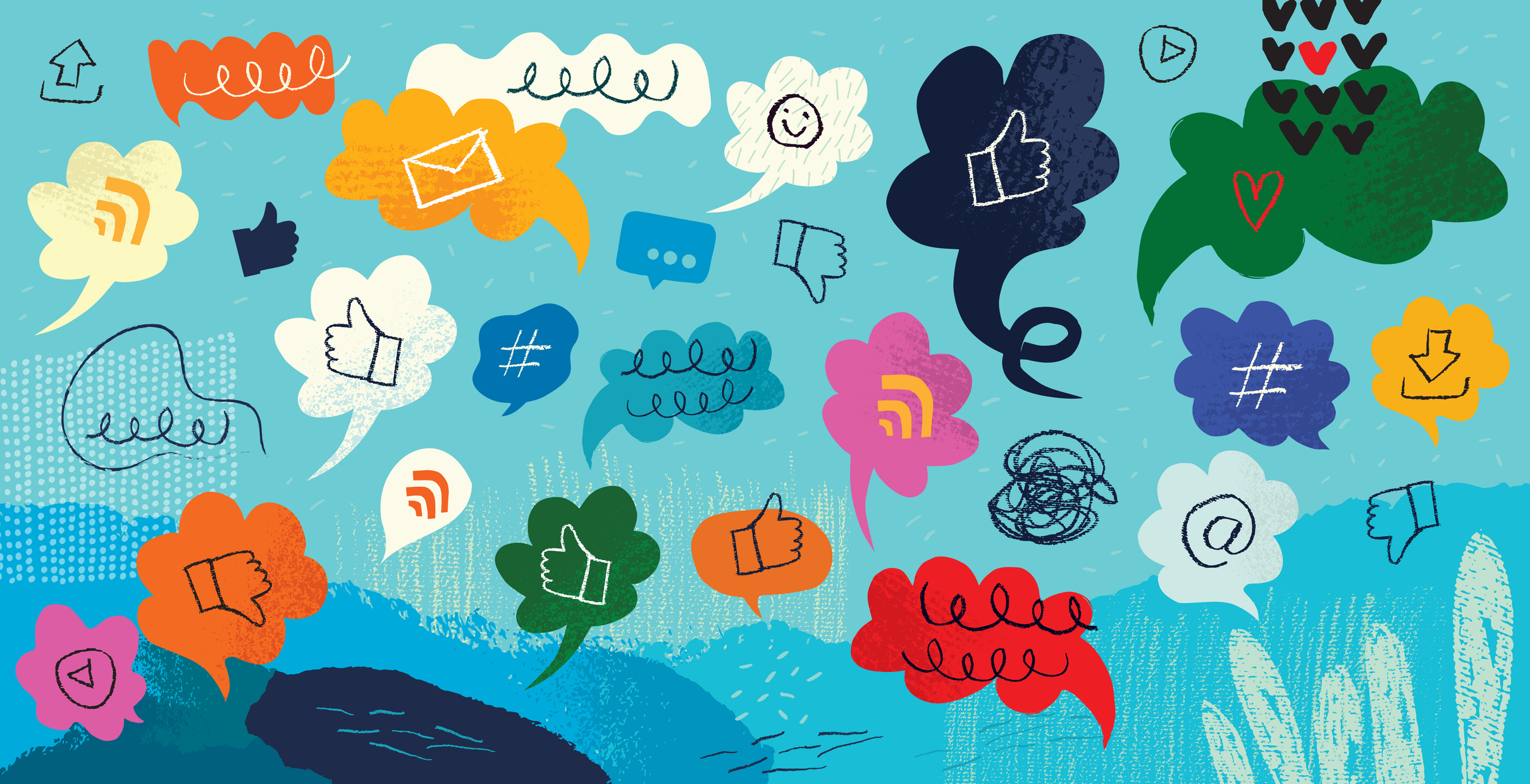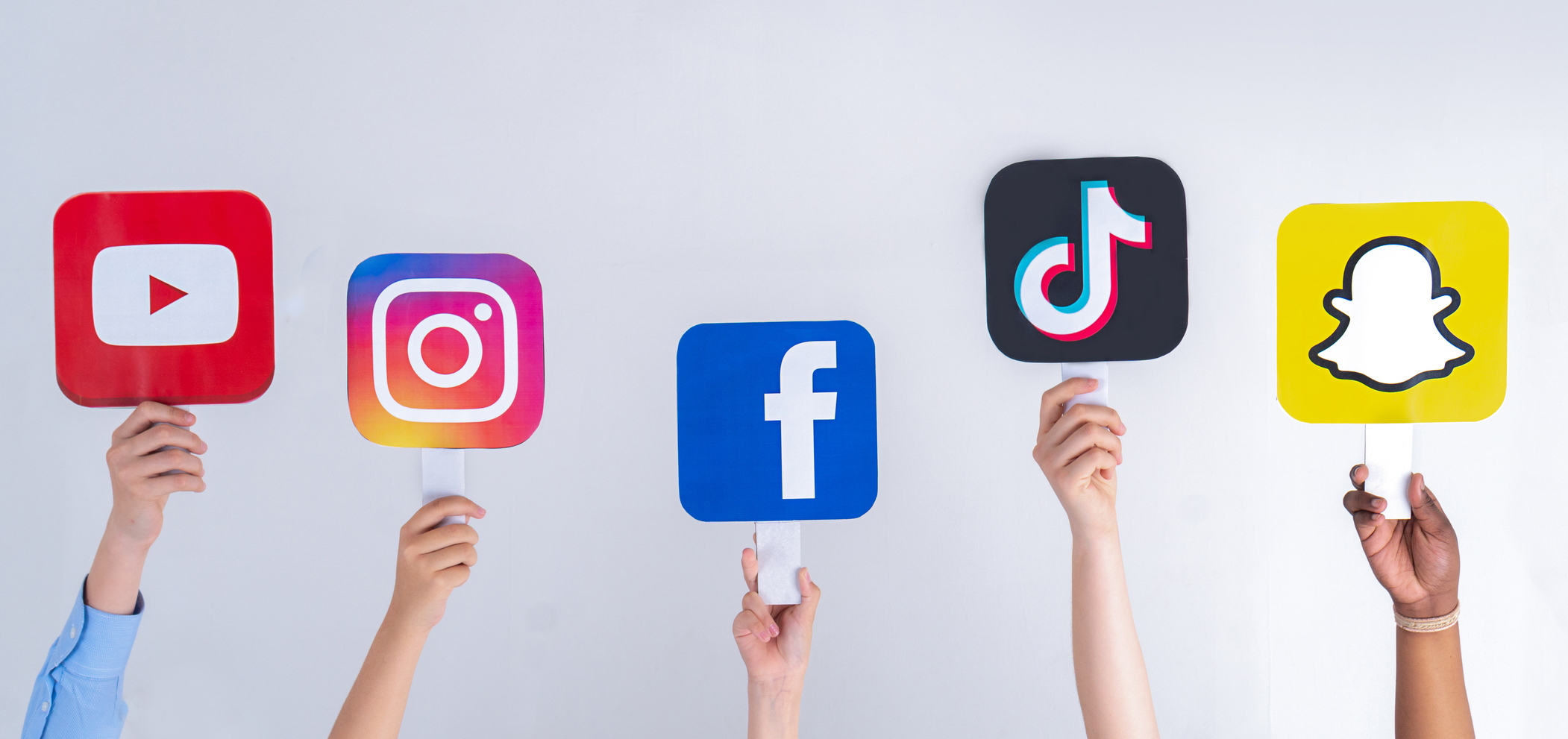
Every teacher has experienced the sensation of looking up at the clock midway through the lesson and thinking, “Where did the time go?!” No matter the bell schedule, it never seems like there is enough time to do all of the things you want to do: teach content, build literacy, practice writing, engage in discourse, support media literacy, and differentiate for all of your learners. So, what’s the solution? Well, it may be smaller than you think.
Micro-texts are bite-sized media—as short as six words, as long as a few paragraphs—that quickly and easily engage students in content and conversation. Micro-texts can be used on their own or in a micro-unit. They can highlight several different perspectives in a short amount of time. They can also lead students from reading to writing. In this article, we’ll explore a variety of different types of micro-texts and how you can easily incorporate them into your lesson planning.
Micro-Fiction
Micro-fiction might also be called “flash-fiction.” It might be also be a fully-formed (but very short) story, or it can be an excerpt from a longer text, such as an excerpt from a novel. Consider using micro-fiction to explore setting, character experiences in a historical context, connections between fiction and non-fiction, reimaginings of historical events, and new perspectives. As students explore micro-fiction, consider the following guiding questions:
- What information do we gain from this character’s point of view?
- How can we link this to historical fact?
- What elements of what we have learned appear in this text?
- What is “real” in this fictional text?
After students read and analyze the micro-fiction, some possible activities might be:
- Writing fictionalized accounts of events or experiences using their learning
- Developing a character profile of someone from a specific historical time period
- Using historical fiction as prediction for learning

Micro-Memoirs
Memoirs can be closer to fiction than they are to nonfiction, but they are a great way to get a glimpse into someone’s perceptions of their own life during a historical period. Just like micro-fiction, micro-memoirs can stand on their own or they can be excerpted from a longer text. They provide a snapshot of a pivotal moment in the author’s life. Some guiding questions to support memoir analysis include:
- What makes this moment significant?
- What does this moment’s significance tell us about the author and what is important to them?
- How does the author’s word choice convey the importance of this moment?
After learning more about someone’s life through their own voice, students might try:
- Writing a micro-memoir from the point of view of someone they’ve studied
- Writing a micro-memoir from the perspective of personified things or places they’ve studied
- Using peer-written micro-memoirs for review
Micro-Poetry
Poetry is often “micro” by definition, and it is important not to rule it out as a text genre for the social studies classroom. While poetry can be daunting because of its turns of phrase and figurative language, it can also offer insight into emotions and viewpoints about specific events and time periods. Modern poetry, especially, is much more approachable than the longer, more structured, more florid poetry of the past. And don’t leave out song lyrics as poetry! When exploring poetry, consider asking:
- How does the speaker of the poem feel about the event or cause? How do you know?
- What language stands out as being particularly significant?
- Why might the author have written this poem?
- What connections can we make to other things we have learned about?
Poetry is fun to analyze and draw meaning from, and it is equally fun to write! When you’ve given students a chance to read a poem about a specific topic, try:
- Providing students with a copy of a historical document or textbook excerpt and have them do “black-out poetry” as a reinterpretation of the language
- Using magnet poetry to have students summarize learning
- Pairing a poem with a historical document or textbook excerpt and having students draw parallels

Micro-Media
Students are exposed to media all day through their phones, social media, laptops, and televisions, so when we encounter an opportunity to help them engage with media critically and safely, we should jump on it! Micro-media might include TikToks, Tweets, or social threads, but it could also include infographics and headlines. Consider grouping a variety of headlines about a single event to analyze or use TikToks as a source of information and persuasion. You might bring in a meme for students to replicate, or a humorous video of someone recreating a historical moment. Some guiding questions may include:
- What words or phrases stand out?
- What information does this give us about how the event was received in the moment it happened? How might it be received today?
- What connections can we make to things we’ve learned or experienced?
Once students have analyzed micro-media, consider:
- Providing students with audio options and having them create ‘TikToks’ (using Flip or another medium) about what they’ve learned
- Allowing students to create ‘skits’ that reframe events from a new point of view
- Having students create fake Tweets from a historical event
- Having students create a series of headlines from various points of view about an event
Micro-Correspondence
Last, but not least, of the micro-genres is micro-correspondence. Much like memoirs, correspondence gives us a window into the lived, in-the-moment experiences of real people. Micro-correspondence can include letters, postcards, diary entries, texts, emails, and voicemails. As students explore micro-correspondence, they should ask themselves:
- How does the author feel about the event, and how does the event fit into their lives?
- What information does this correspondence give us about how the event was received?
- What connections can we make to things we’ve learned or experienced?
- How do personal events shape the lives and policies of public figures?
Correspondence can help students to put themselves in the shoes of people who have lived through historical moments. To further help them reflect, try:
- Using correspondence as a preview activity
- Pairing these primary source documents with secondary sources for a fuller picture
- Having students create micro-correspondence as a closure activity for a lesson (a post-card, a diary entry, etc.)
- Having students create correspondence between two related (or unrelated) figures
When time is of the essence, we need to get creative. Micro-texts provide an opportunity to engage students in various types of literacy while still connecting to social studies standards and allowing you to keep one eye on the clock.
Teach literacy and responsible media use with current events activities from Active Classroom
Try a free 30-day trial today
Sarah A. Honore began her career in education as a high school English teacher in Houston, Texas. She has since worked as a teacher, an instructional coach, a curriculum writer, and a director of English Language Arts at the district level. Her passions include literacy across content areas, diverse books, and supporting teachers and leaders. While not a social studies teacher by trade, Sarah loves exploring the connections between these two contents in order to enrich the classroom experience for both teachers and students.